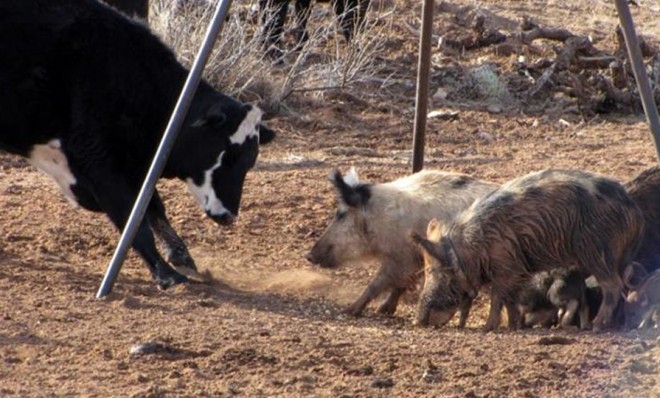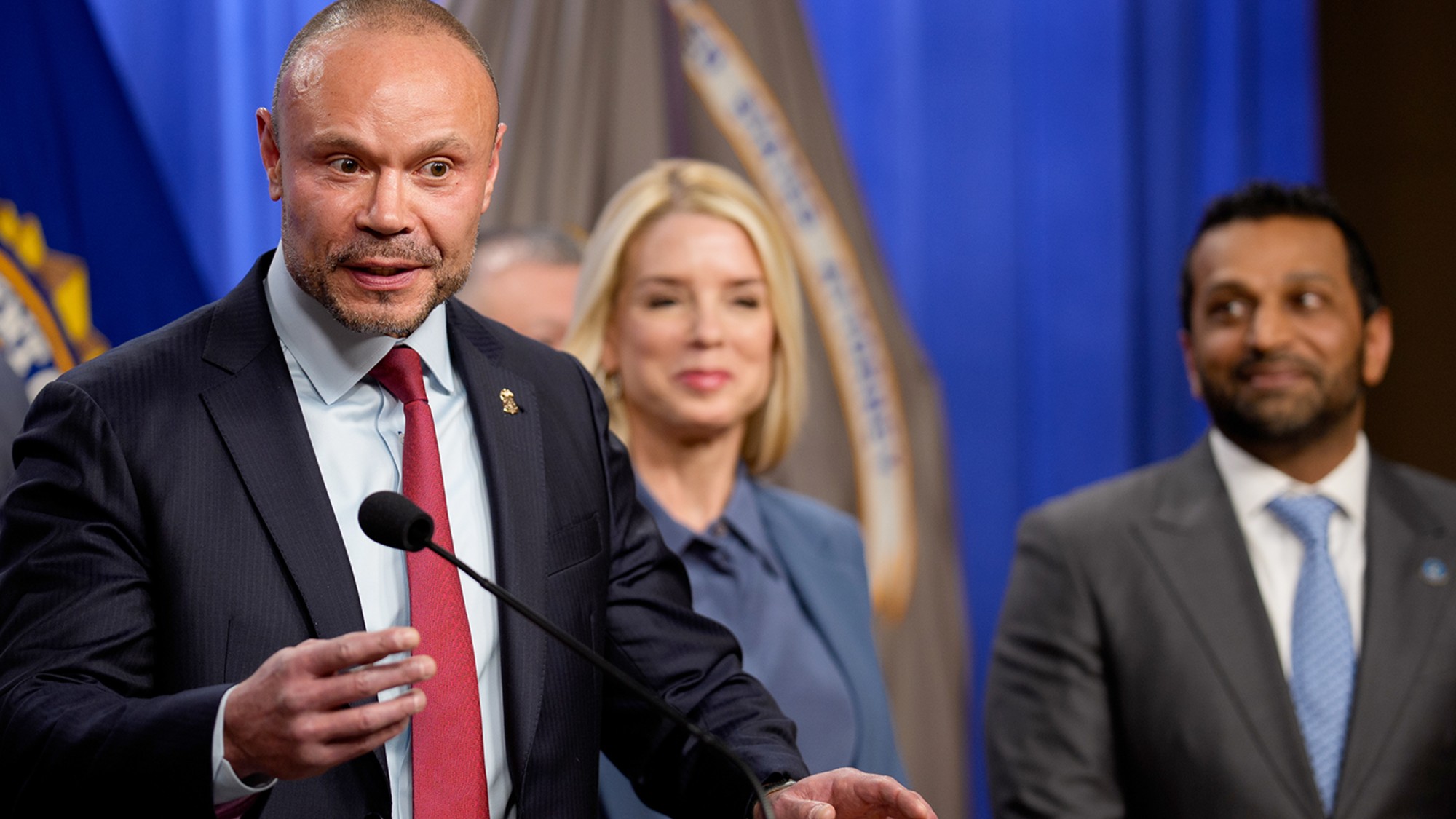'Judas pigs': The gruesome tactic hunters are using to tame feral hog populations
Wild hogs are estimated to cost $1.5 billion in damages every single year

The United States has a pork problem, and it isn't a bacon shortage.
Feral pig populations have exploded in recent years, with an estimated 5 million wild hogs causing $1.5 billion in damages annually. The massive, tusked creatures have been known to terrorize both people and pets, and possess a "remarkable knack for causing trouble," says LiveScience, "ranging from eating threatened species like dune lizards and spreading invasive weeds to carrying and transmitting more than 30 different kinds of diseases to humans, livestock, and other wildlife."
The situation has gotten so dire that the state of New Mexico is partnering with the U.S. Department of Agriculture on a $1 million project to hunt and trap the animals, in hopes of curbing the hog boom.
The Week
Escape your echo chamber. Get the facts behind the news, plus analysis from multiple perspectives.

Sign up for The Week's Free Newsletters
From our morning news briefing to a weekly Good News Newsletter, get the best of The Week delivered directly to your inbox.
From our morning news briefing to a weekly Good News Newsletter, get the best of The Week delivered directly to your inbox.
There are a few reasons why their populations are so hard to control. For starters, the animals are fiercely intelligent, and are known to devise clever ways of avoiding traps. "Pigs have been known to scope out traps for days before sending in the group's lowest ranking members to test for danger," says the Associated Press. "And if a trap isn't built just right, the pigs will find a way out, either by climbing over each other or squeezing under the fencing."
Secondly, they breed at an astonishingly fast rate. The animals begin reproducing at an early age — as young as 6 months old — and the average litter yields about six sows (female hogs). Mama pigs are known to produce about 1.5 litters each year.
That's why hunters are using some surprisingly aggressive tactics to nab large groups of hogs at a time. A particularly macabre one involves the use of a "Judas pig."
Essentially, after capturing and killing a hog family, hunters will leave a sow alive and outfit her with a microchip or tracking collar. Then, when she finds a new group of pigs to join, hunters can use the GPS data and descend on the unsuspecting creatures.
A free daily email with the biggest news stories of the day – and the best features from TheWeek.com
"We're trying to get ahead of the curve with this so we can prevent a lot of the damage that we know will be coming if we don't do anything about it," USDA Wildlife Services state director Alan May tells the AP. "Sport hunting pressure alone won't be enough to stop a population from spreading."
-
 Pipe bombs: The end of a conspiracy theory?
Pipe bombs: The end of a conspiracy theory?Feature Despite Bongino and Bondi’s attempt at truth-telling, the MAGAverse is still convinced the Deep State is responsible
-
 The robot revolution
The robot revolutionFeature Advances in tech and AI are producing android machine workers. What will that mean for humans?
-
 Health: Will Kennedy dismantle U.S. immunization policy?
Health: Will Kennedy dismantle U.S. immunization policy?Feature ‘America’s vaccine playbook is being rewritten by people who don’t believe in them’